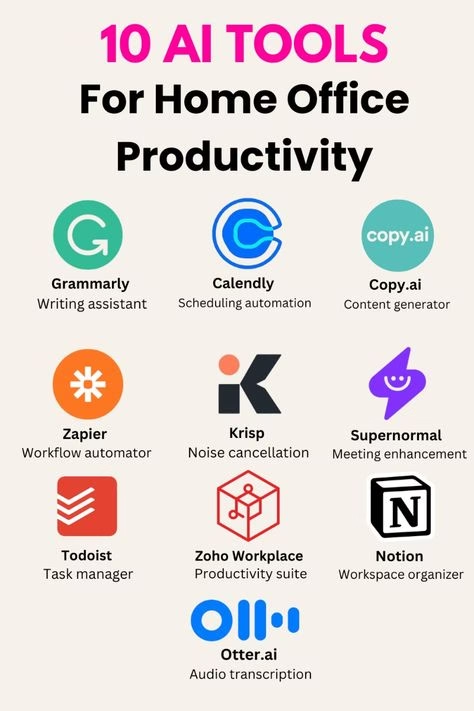Mastering Basic Computer Troubleshooting”*
Table of Contents
*Meta Description:*
“Learn basic computer troubleshooting techniques to resolve common issues and get your computer up and running smoothly. Discover simple solutions to fix your computer problems.”
Basic Computer Troubleshooting: A Beginner’s Guide
In today’s digital age, computers have become an essential part of our daily lives. Whether it’s for work, entertainment, or communication, we rely heavily on our computers to get things done. However, like any other machine, computers can malfunction or encounter problems, leaving us frustrated and helpless. That’s where basic computer troubleshooting comes in – a set of techniques and methods used to identify and resolve common computer issues. In this article, we’ll explore the fundamentals of basic computer troubleshooting and provide you with practical tips to fix common computer problems.

## Why Basic Computer Troubleshooting is Important
Basic computer troubleshooting is crucial in today’s fast-paced digital world. By learning how to troubleshoot common computer issues, you can save time, reduce frustration, and even save money on unnecessary repairs. Moreover, troubleshooting skills can help you identify and fix problems before they become more serious and cause data loss or system crashes.
### Common Computer Issues
Before we dive into the troubleshooting techniques, let’s take a look at some common computer issues that you may encounter:
– Slow performance
– Freezing or crashing
– Connectivity issues (Wi-Fi, Bluetooth, etc.)
– Display problems (blank screen, distorted graphics, etc.)
– Sound issues (no sound, distorted sound, etc.)
– Software-related problems (installation, uninstallation, etc.)
## Basic Computer Troubleshooting Techniques
Now that we’ve covered the importance of basic computer troubleshooting and common computer issues, let’s explore some practical techniques to fix these problems.
### 1. Restart Your Computer
One of the simplest and most effective troubleshooting techniques is restarting your computer. This can resolve issues such as slow performance, freezing, or crashing. Restarting your computer clears out temporary bugs and refreshes the system.
### 2. Check for Loose Connections
Loose connections can cause a range of problems, including display issues, sound problems, and connectivity issues. Make sure to check all cables and connections, including power cords, HDMI cables, and USB connections.
### 3. Update Your Operating System and Software
Outdated operating systems and software can cause compatibility issues and lead to problems. Regularly update your operating system and software to ensure you have the latest security patches and features.
### 4. Run a Virus Scan
Malware and viruses can cause a range of problems, including slow performance, data loss, and system crashes. Run regular virus scans to detect and remove malware and viruses.
### 5. Check for Driver Updates
Outdated drivers can cause hardware-related problems. Regularly check for driver updates and install the latest drivers to ensure your hardware devices are working properly.
## Troubleshooting Specific Issues
Now that we’ve covered some basic troubleshooting techniques, let’s take a look at some specific issues and how to troubleshoot them:
### 1. Slow Performance
If your computer is running slowly, try the following:
– Check for malware and viruses
– Update your operating system and software
– Disable unnecessary startup programs
– Add more RAM
### 2. Connectivity Issues
If you’re experiencing connectivity issues, try the following:
– Restart your router and modem
– Check for loose connections
– Update your network drivers
– Disable and re-enable your network adapter
### 3. Display Problems
If you’re experiencing display problems, try the following:
– Check for loose connections (HDMI, VGA, etc.)
– Update your graphics drivers
– Adjust your display settings
– Run a virus scan
## Conclusion
Basic computer troubleshooting is an essential skill that can help you resolve common computer issues and get your computer up and running smoothly. By following the techniques and tips outlined in this article, you can save time, reduce frustration, and even save money on unnecessary repairs. Remember to regularly update your operating system and software, run virus scans, and check for driver updates to prevent problems from occurring in the first place.

